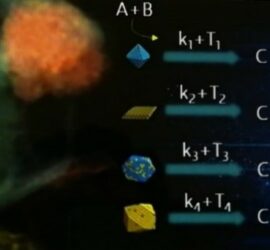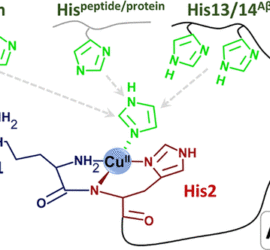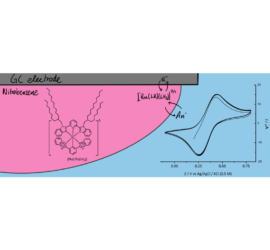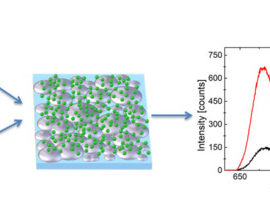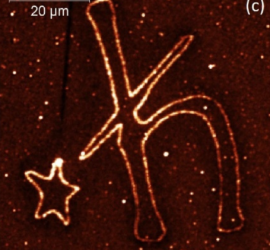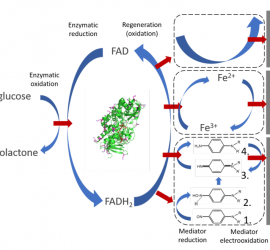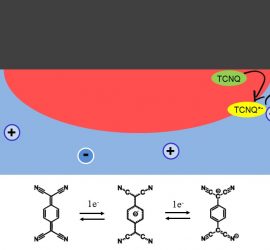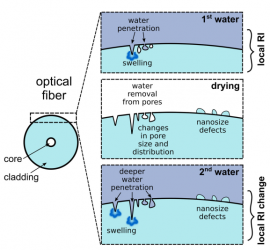We are glad to share the first paper related to one of our research projects: “Microfluidic System for Solar Energy Conversion”. In this project, we seek to answer how to use renewable energy sources in the most efficient way to carry out a more eco-friendly chemical reaction? Following the current […]
Publications
After what feels like a very long journey, our article on ion transfer in paper using an electrochemical pen has finally been publishedThe seed to this started several years ago as a sketch during a meeting. The idea was to do standard ion transfer, but with the aqueous and organic […]
Alzheimer’s Disease (AD) is one of the most common neurodegenerative diseases. The first time it was described 100 years ago; however, up to now, it is mysterious. According to the most accepted theory, development of this disease is connected to the interactions of copper ions with peptides called beta-amyloids. The […]
After a long haul, our paper describing three-phase experiments with a new hydrophobic Ru-complex redox-probe was finally published in Electrochimica Acta. This work is a collaboration between our group and Prof. Masa-Aki Haga’s at Chuo University in Tokyo. About two years ago Haga visited our institute and gave a talk, […]
We just published a review-article in ChemElectroChem on paper-based electrochemical devices. Instead of a classic review of the published literature (of which there are plenty for paper-based devices) we opted to write a more practical guide for what to consider when making your first forays into the jungle of paper-based […]
And the next paper in the silver nanostructure series with our neighbours in the Surface Nanoengineering group and the Maćkowski group in Toruń. This time its a review of how Silver Island Films (SIFs) affect the properties of light-sensitive proteins. Here, experiments were done with proteins such as peridinin-chlorophyll-protein (PCP) or the Fenna–Matthews–Olson (FMO) complex, […]
Another paper came out of the collaboration between our neighbours in the Surface Nanoengineering group and the Maćkowski group in Toruń. This a paper is in a long series on plasmonic silver nanostructures that they have published. This time the nanostructures are created by printing. More specifically, a droplet containing […]
Martin had a part in a new paper that was just published in Electrochimica Acta. The paper is mainly the work of our previous group member Marcin Filipiak performed in the company BioMedX in Heidelberg, but it builds on some of the work Marcin performed in our group before he […]
Continuing our investigations of the behaviour of various redox probes at three-phase electrodes we have just published a paper looking at TCNQ (7,7,8,8-tetracyanoquinodimethane) in a standard droplet-based setup. The reason we choose TCNQ is that it’s a quinone related to the ones we studied in our previous publication on transfer […]
Martin again had a small part in a paper. This time one that was recently published in Journal of Lightwave Technology. This was work mainly done in the group of Mateusz Śmietana at Warsaw University of Technology in collaboration with our neighbouring group of Surface nanoengineering. Here the effect of […]

